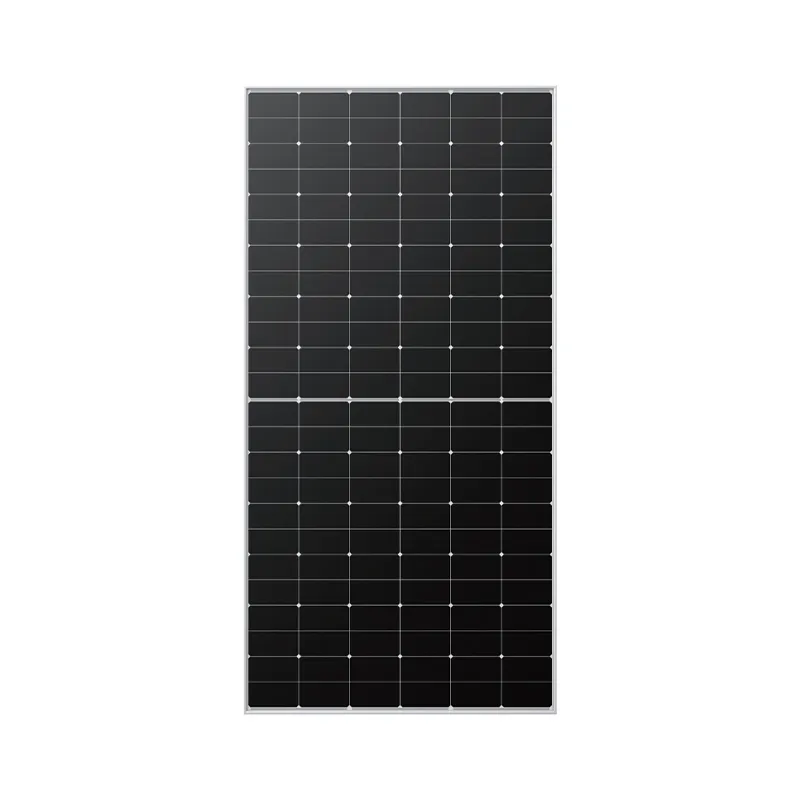Exploring the Science Behind Solar Panel Projects for Sustainable Energy Solutions
The Science Behind Solar Panel Projects
In an era increasingly defined by the need for sustainable energy solutions, solar panel projects have emerged as a beacon of hope. Harnessing the power of the sun, these projects not only offer a renewable energy source but also contribute to reducing carbon footprints and combating climate change. This article delves into the science behind solar panels, exploring their functionality, benefits, and future prospects.
At the core of solar panel technology is the photovoltaic (PV) effect, the process whereby solar cells convert sunlight directly into electricity. A typical solar panel consists of numerous solar cells made predominantly from silicon, a semiconductor material. When sunlight strikes these cells, it excites electrons, generating an electric current. The efficiency of this conversion varies based on factors like the type of silicon used, the configuration of the cells, and environmental conditions.
The Science Behind Solar Panel Projects
The installation of solar panels can have profound environmental benefits. By generating electricity from a clean, renewable source, solar energy reduces reliance on fossil fuels, thus minimizing greenhouse gas emissions. Furthermore, solar power systems can be deployed in diverse settings, from residential rooftops to large-scale solar farms. This versatility encourages distributed generation, decreasing the burden on traditional energy grids and enhancing energy security.
solar panel project science

Moreover, the economic implications of solar panel projects are increasingly favorable. The cost of solar technology has plummeted over the past decade, driven by technological advancements and economies of scale in production. According to a report by the International Renewable Energy Agency (IRENA), the levelized cost of electricity from solar photovoltaics has dropped by over 80% since 2010. This trend is likely to continue, making solar power an increasingly attractive option for consumers and businesses alike.
However, solar panel projects are not without challenges. Intermittency— the variable nature of sunlight— poses a significant hurdle. To counter this, energy storage solutions, such as batteries, are being integrated into solar setups. These storage systems allow excess energy generated during sunny periods to be stored for use during cloudy days or at night, creating a more reliable energy supply.
Looking towards the future, the development of solar technology shows promising potential. Innovations such as bifacial solar panels, which capture sunlight on both sides, and building-integrated photovoltaics (BIPV), designed to incorporate solar cells into building materials, are paving the way for more efficient and aesthetically pleasing solar solutions. Additionally, research into new materials and technologies, such as perovskite solar cells, could lead to even higher efficiencies and lower production costs.
In conclusion, solar panel projects exemplify the intersection of science, sustainability, and economic opportunity. As we continue to navigate the challenges of climate change and energy demands, the ongoing advancements in solar technology offer a viable pathway towards a cleaner, more sustainable future. By investing in solar energy, we not only harness the power of the sun but also propel ourselves toward a greener planet.
-
Unlocking Energy Freedom with the Off Grid Solar InverterNewsJun.06,2025
-
Unlock More Solar Power with a High-Efficiency Bifacial Solar PanelNewsJun.06,2025
-
Power Your Future with High-Efficiency Monocrystalline Solar PanelsNewsJun.06,2025
-
Next-Gen Solar Power Starts with Micro Solar InvertersNewsJun.06,2025
-
Harnessing Peak Efficiency with the On Grid Solar InverterNewsJun.06,2025
-
Discover Unmatched Efficiency with the Latest String Solar InverterNewsJun.06,2025







